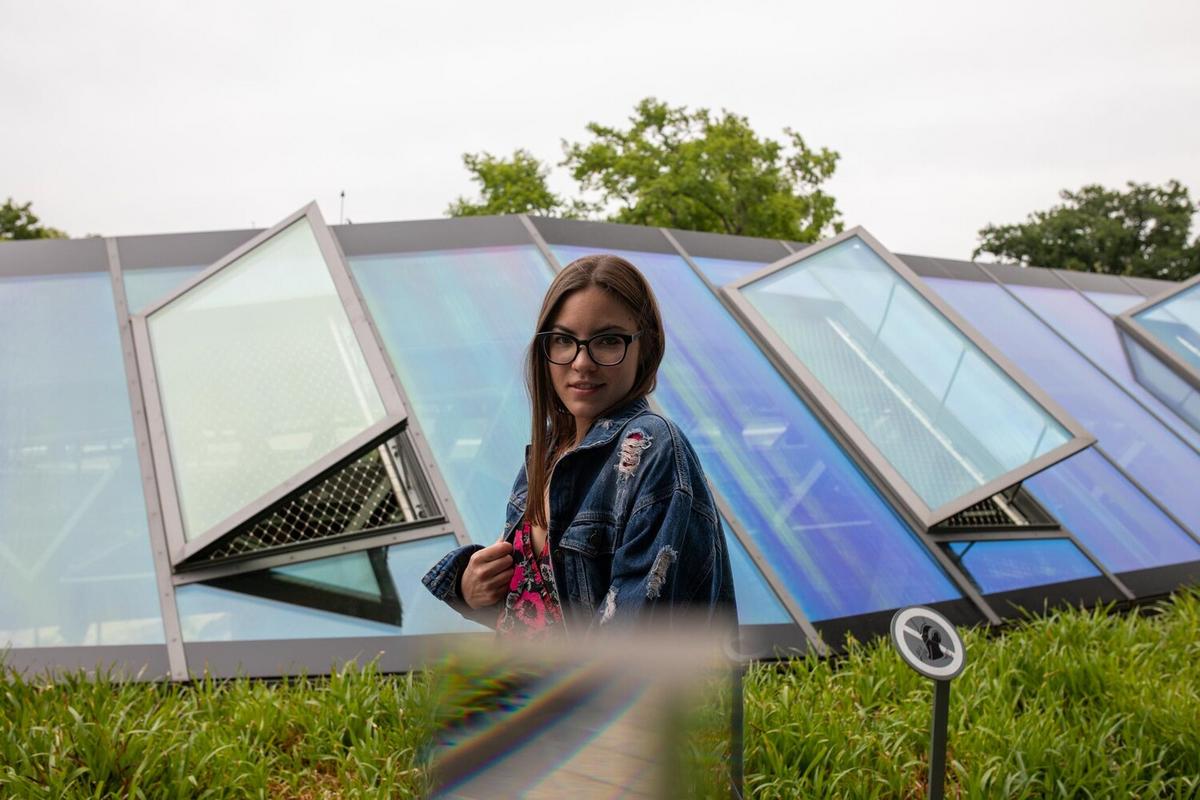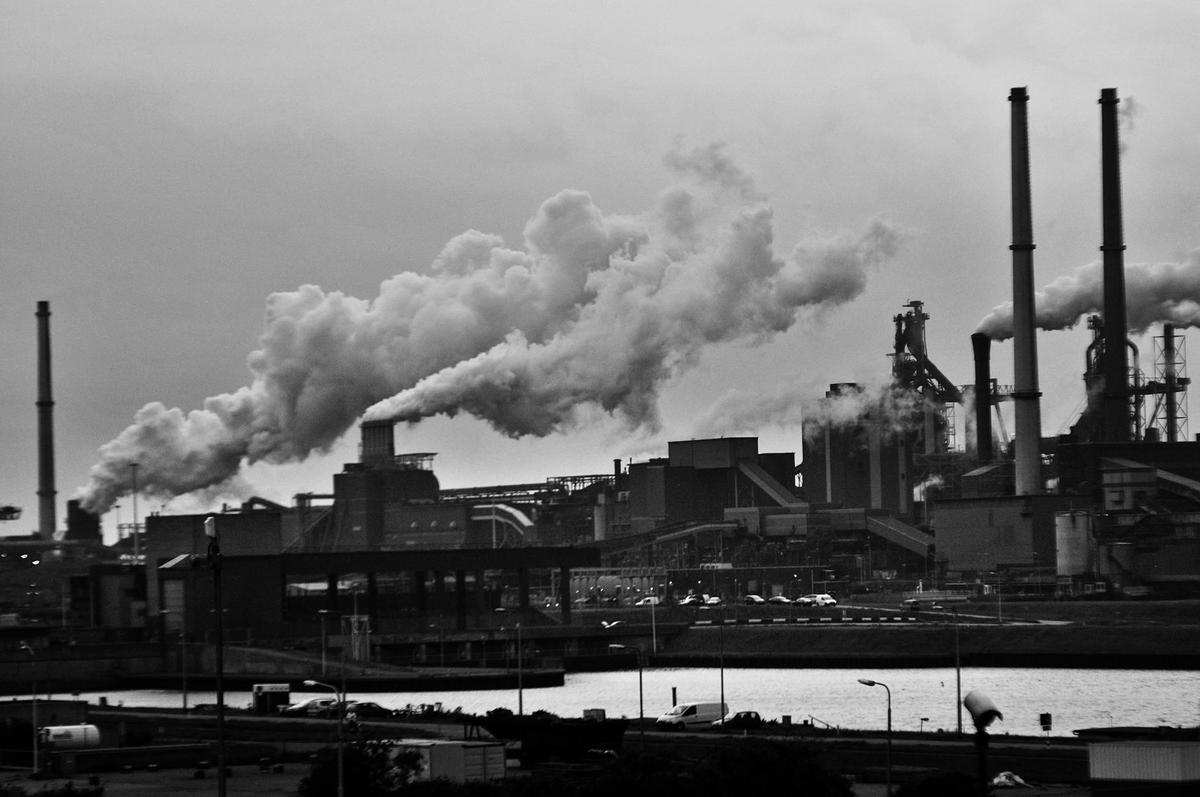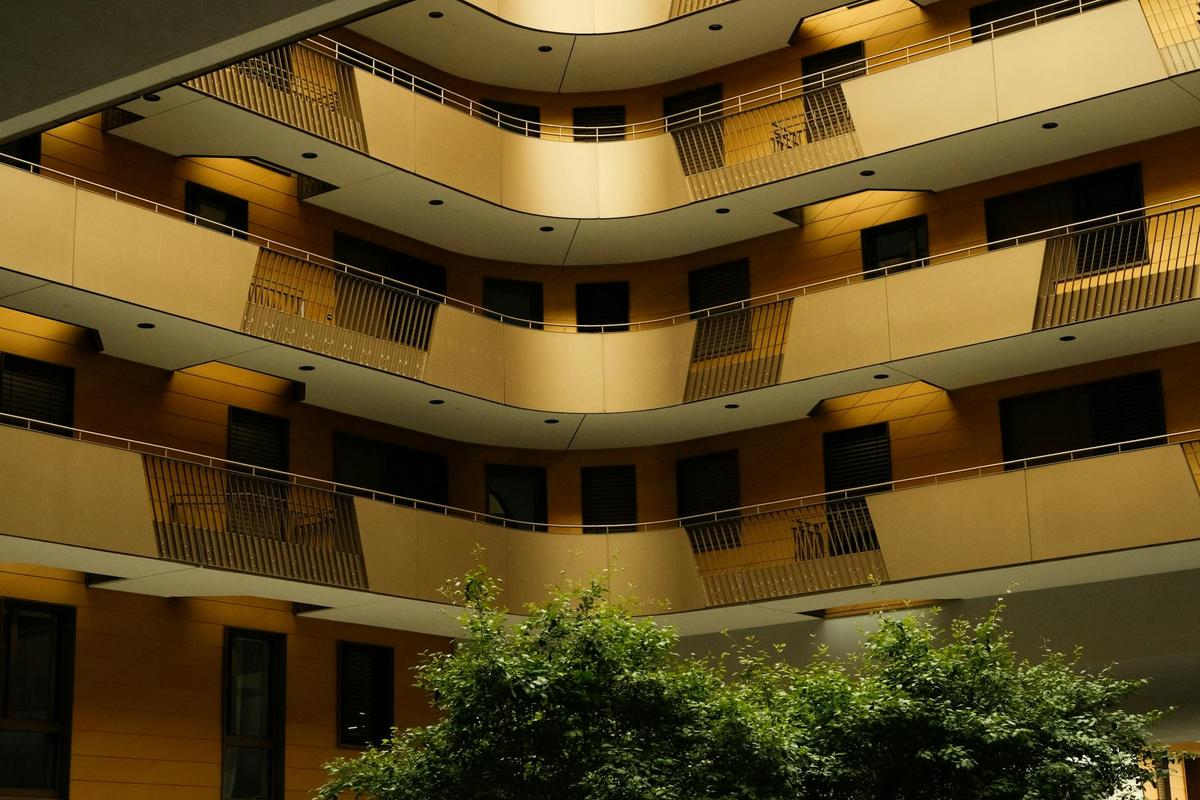
The Role of Solar Paint in Urban Energy Solutions
Imagine a world where the very walls of our buildings generate clean energy. This is not science fiction but a rapidly approaching reality thanks to solar paint, a groundbreaking innovation in renewable energy solutions.
Urban areas are on the forefront of renewable energy innovations, and solar paint is emerging as a transformative solution. This paint turns surfaces into energy-generating assets, integrating seamlessly with existing urban infrastructure.
The Science Behind Solar Paint
Solar paint contains photovoltaic properties that convert sunlight into electricity. According to a recent report by the Renewable Energy Association, advancements in materials like perovskite are making solar paint more efficient and affordable. Dr. Emily Chen, a renewable energy expert, mentions that ‘solar paint has the potential to democratize energy production, particularly in urban settings.’
Urban Applications
Solar paint can be applied to a variety of surfaces, from rooftops to skyscraper facades. This versatility makes it ideal for densely populated cities where space is a premium. An example from Melbourne shows how a downtown office building reduced its energy costs by 25% after applying solar paint, illustrating its potential impact.
Key Benefits at a Glance
| Benefit | Description |
|---|---|
| Cost Efficiency | Reduces energy bills by harnessing solar power. |
| Space Utilization | Utilizes existing structures, requiring no additional land. |
| Aesthetic Flexibility | Comes in various colors and finishes to match urban landscapes. |
| Environmental Impact | Decreases carbon footprint by reducing reliance on fossil fuels. |
| Durability | Withstands harsh weather conditions, ensuring longevity. |
| Scalability | Easily applied to small or large surfaces, adapting to urban needs. |
| Energy Independence | Empowers cities to generate their own electricity. |
| Innovation | Encourages further research and development in sustainable technologies. |
Challenges and Considerations
Despite its promise, solar paint faces challenges such as initial costs and efficiency compared to traditional solar panels. However, ongoing research is expected to address these issues. Urban planners and developers should consider integrating solar paint in new projects and retrofitting existing buildings where feasible.
Pro Tip: When planning to use solar paint, consult with energy experts to assess the best surfaces and conditions for optimal performance.
Conclusion
Solar paint represents a step towards sustainable urban development. By turning buildings into power generators, cities can reduce emissions and move closer to energy independence. As technology evolves, solar paint could become a cornerstone of urban energy solutions, making our cities greener and more resilient.
FAQs
What is solar paint?
Solar paint is a type of paint that contains photovoltaic properties, allowing it to convert sunlight into electricity.
Can solar paint be used on any building?
Solar paint can be applied to a variety of surfaces, but effectiveness depends on factors like sunlight exposure and surface material.
Is solar paint cost-effective?
While the initial investment might be higher, solar paint can reduce long-term energy costs and offers a sustainable energy solution.


